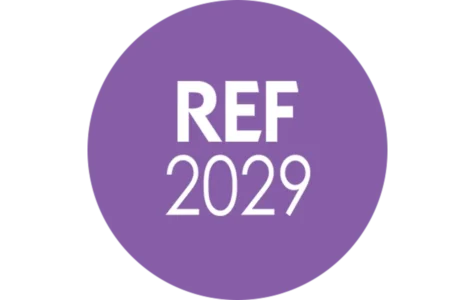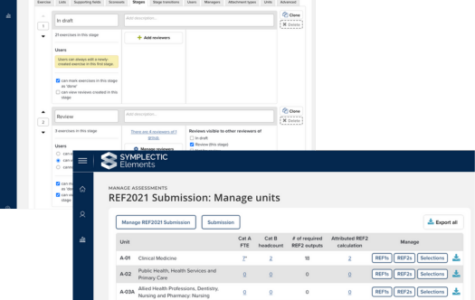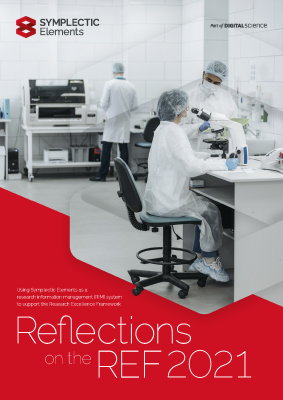Symplectic and the REF
Symplectic’s support for the REF has grown from strength to strength following our early support of the Research Assessment Exercise (RAE), which was replaced in 2014 by the REF as we know it today. As the framework has evolved and grown, so too has our approach to it. Following each revision by the funding bodies, we work closely with the Symplectic community to identify requirements and outline new functionality that will enable our institutional clients to meet and respond to the requirements of the REF as painlessly and productively as possible.
“There is no single way for a vendor to prescribe functionality to the research community, so it’s far better to be consultative and work together in partnership,” says Jonathan Breeze, CEO at Symplectic. “Over time, working through REF2014 and then REF2021, we developed the trust from clients that we could work with them effectively to solve the challenges set by the funding bodies.”













